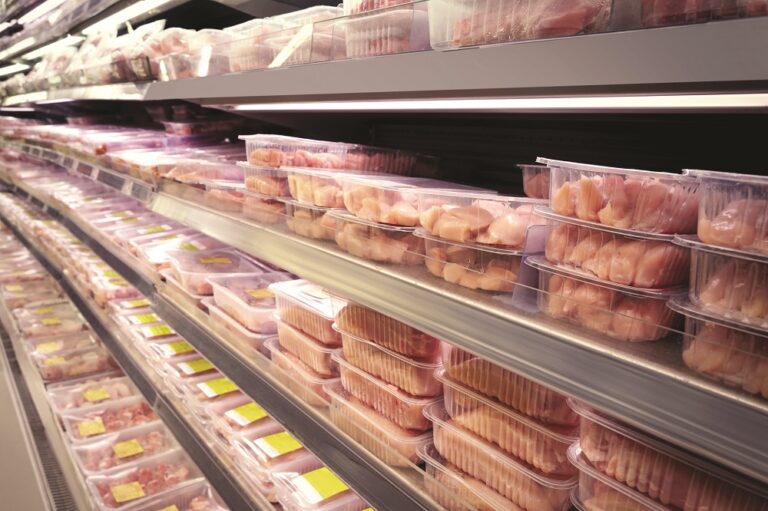The pandemic has changed the poultry sector for good, a new report from Rabobank says. More consolidation among poultry companies around the world should be expected.
COVID-19 has disrupted business in ways the global poultry market never planned for, with widespread lockdowns closing the foodservice sector in countries around the world and a big increase in home consumption and online retail.
This is likely to have a permanent impact on poultry trade around the world, even when the sector returns to ‘normal’ as the vaccine rollout enables a return to pre-pandemic consumer behaviour.
According to a new Rabobank report, authored by senior animal protein analyst Nan-Dirk Mulder, the volatility experienced during 2020 is likely to continue for quite some time, and in the coming years is likely to translate into greater consolidation between companies, more internationalisation, and “accelerated capital investments” within individual poultry businesses.
“We can expect further changes in markets and supply conditions in the short and long term,” he says.
Three stages
The impact on the global poultry industry of COVID-19 can be split into three stages, according to the report.
The first stage, during 2020, was the main phase of disruption. There was significant disruption in markets, trade, and supply chains, with bigger differences in performance between companies than ever seen before. On average there was downward pressure on poultry companies’ margins.
The second stage, which will play out during 2021 is the road to recovery, which is likely to be rocky. “Ups and downs of the pandemic in the first half of the year will lead to ongoing impacts on channels, with peaking retail and online demand and low foodservice demand, especially during lockdowns,” says Mulder. Conditions will start to gradually recover when COVID-19 becomes a bit more controlled in the second half of 2021 and into 2022, as vaccinations become more widely used. This will all happen with a background of high and volatile feed costs, further complicating the picture for individual businesses.
This will be a big challenge for any producer, as it is difficult to fine-tune production to constantly changing market conditions. According to Mulder, consolidation between poultry businesses around the world is expected to gradually accelerate this year. Countries expected to be most affected are those where the poultry sector is currently unconsolidated, including Poland, the Netherlands, Brazil, Thailand and Russia.
From a demand perspective, there will be a dual-market trend defined by consumers with high spending power driving up demand for premium products at retail on one side, and by price-focused consumers who’ve been economically affected by the pandemic on the other side.
There are also consumers who have been supported by government payments during the pandemic. When these payments stop, the poultry sector will start to feel the effects of the economic crisis that so far have been delayed.
The aftermath
Stage three, dubbed “the aftermath” will begin in 2022, and Mulder predicts a bullish picture. There will be strong, ongoing demand for poultry around the world, despite the gradual recovery of pork markets in Asian countries currently affected by African Swine Fever and growth in demand for alternative proteins.
Poultry will remain the world’s most popular and fastest growing protein. It is predicted to grow around 2% per year worldwide, with most of the growth coming from emerging markets. In developed markets, there is likely an increase in demand for premium products as consumers seek to treat themselves after enforced periods at home, and there is an opportunity for poultry companies to serve customers who want to spend more on luxurious products and restaurant visits.
There will be longer lasting changes too, the report states, including a permanent move towards working from home, which will impact catering and food-to-go sales. Foodservice will remain an important channel, the report states, but in a different format. The focus in the years ahead will be less focussed on serving offices, and more on casual dining and home delivery.


